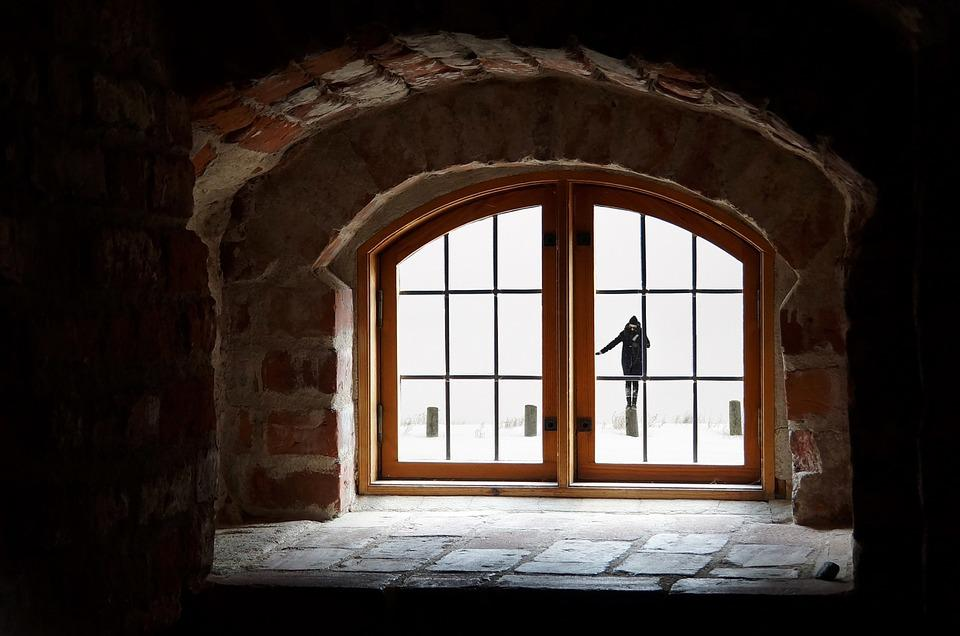Without proper attic ventilation, your home’s air conditioning will work harder to maintain ideal temperatures, leading to increased energy bills. It also causes ice dams and roof rot during winter and reduces your shingles’ lifespan. If you have been wondering how to improve your attic’s ventilation, here are five manageable and inexpensive strategies to help you get started.
1. Assess your ventilation needs
Before making any changes, you should first establish whether or not your attic requires extra ventilation. You can achieve this by checking the attic ventilation based on the current weather. For instance, if you touch your home’s ceiling during summer and establish that it feels warm, it suggests that the attic harbors hot air. This compromises the ability to maintain cool and comfortable temperatures around the house, necessitating additional ventilation.
If you notice ice building up on the eaves during winter, it shows that warm air from the house gets stuck inside your attic, resulting in the rooftop snow melting and refreezing on the eaves, so you should invest in more ventilation.
2. Install soffit vents
Soffits are planks that attach your roof’s overhang underside to the exterior walls of your house. When correctly vented, soffits are crucial in ensuring proper attic ventilation while concealing your roofing beams.
Adding soffit vents provides your attic with an opening from which the outside air can enter the space. Pairing the soffit vents with roof vents also builds a system that allows air to circulate into, out, or up the attic. Soffit vents come in two types: continuous and rectangular.
- Rectangular soffit vents: These vents require you to cut an opening on the wood beams of your attic and then position vents in these openings.
- Continuous soffit vents: These vents run through the entire length of the soffits, improving the amount of air that enters the attic.
Be sure to observe routine soffit vents maintenance to keep them free of any obstructions that could inhibit airflow into your house or result in condensation issues in spots that tend to get too cold or hot.
3. Replace your attic’s insulation
Heat and moisture intrusion often result in the deterioration of your attic insulation over time. You should consider investing in new insulation to minimize heat loss. This does not only help you reduce the heating and cooling expenses. It also protects the attic from environmental woes such as water vapor.
4. Add ridge vents
Ridge vents are metal or plastic vents installed into your roof’s top ridge. They often run along the roof’s peak and are covered with cap shingles to enable them to complement the roof. A ridge vent ensures proper attic ventilation by allowing the heat rising from the structure to escape via the vents. It also lets cool exterior airflow into your attic.
5. Invest in attic fans
While fans will contribute to the monthly utility expenses, they are effective for ensuring proper attic ventilation, primarily when you reside in an area that experiences a humid or hot climate. Attic fans draw hot air from your attic and replace it with cool air from the outside. You could either invest in an attic fan that requires manual control via a switch or purchase smart fans that use a thermostat to activate when there is a significant rise in temperatures in the attic.
Endnote
Proper attic ventilation is crucial to keeping your energy bills to the minimum and extending the lifespan of your shingles. Be sure to assess your ventilation needs, install soffit and ridge vents, replace old insulation and invest in attic fans to improve your attic ventilation.
